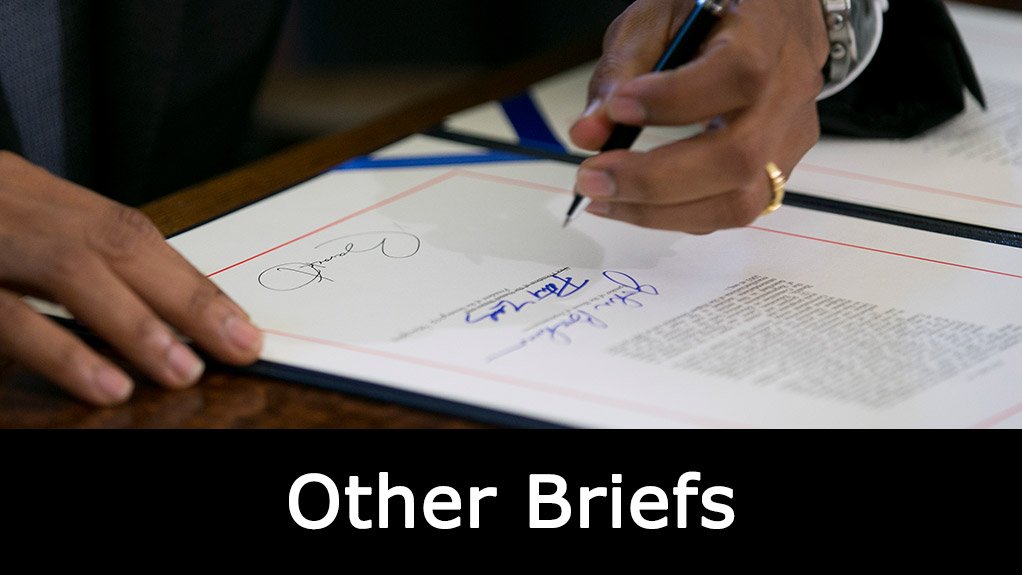Annual leave entitlements and procedures are often misunderstood. This guide outlines the key provisions of Section 20 of the Basic Conditions of Employment Act (BCEA), unless otherwise overridden by a Bargaining Council Collective Agreement.
1. Annual Leave Entitlement
Employees are entitled to 21 consecutive days of annual leave on full pay per 12‑month leave cycle, which begins on the date of employment or at the end of the previous cycle. This means that an employee is allowed three weeks absence from work on annual leave, but will only be paid for the days that the employee would ordinarily have worked during the three week period.
This equates to:
- 3 working days for a 1-day workweek.
- 6 working days for a 2-day workweek.
- 9 working days for a 3-day workweek.
- 12 working days for a 4-day workweek.
- 15 working days for a 5‑day workweek.
- 18 working days for a 6‑day workweek.
Employees who work less than 24 hours per month for an employer are excluded from these provisions.
2. Leave Accrual
Leave accrues progressively during the cycle:
- 1.25 days per month (5‑day week), or 1.5 days per month (6‑day week), or
- alternatively, 1 hour of leave for every 17 hours worked or 1 day for every 17 days worked—only by agreement with the employee.
At the start of the cycle, employees have zero leave. It accrues over time.
3. Taking Annual Leave
Leave must be taken at a time agreed between employer and employee (Section 20(10)(a)).
In the absence of agreement, the employer determines the timing (Section 20(10)(b)).
Leave may be taken as consecutive days unless otherwise agreed.
Accrued leave must be granted, if requested, latest within six months after the end of the previous cycle (Section 20(4)).
Leave may not be taken during any other period of leave, such as sick leave or during a notice period.
4. Leave and Medical Illness
If an employee falls ill during annual leave and obtains a medical certificate stating specific dates of incapacity, the relevant days may be reclassified as sick leave, and annual leave credited accordingly—but only at the employer’s discretion, since the employee was not scheduled to work and therefore not technically “unable to work” during that period.
5. Leave During Notice Period
Employees cannot take annual leave during a notice period.
Employers must pay out accrued leave at termination, rather than allow it to be taken.
6. Payment Instead of Leave
Annual leave cannot be exchanged for cash, except upon:
- Termination of employment,
- Retirement, or
- Death of the employee.
7. Pay for Annual Leave (Section 21)
Employees must be paid at their normal remuneration rate:
- Based on the rate just before the leave period, and
- Calculated in accordance with Section 35 of the BCEA.
Leave pay must be paid before the leave starts, or on the usual payday if agreed.
8. Remuneration Inclusions (Per Section 35(5))
Included:
- Housing or accommodation allowances or benefits.
- Car allowances (unless solely for commuting).
- Cash payments (except excluded types).
- Employer contributions to:
- Medical aid
- Pension or provident funds
- Funeral or death benefit schemes
Excluded:
- Tools, transport, or similar work‑enabling benefits.
- Relocation allowances
- Tips and gifts
- Discretionary bonuses or profit‑sharing
- Education or entertainment allowances
Note: Values of in‑kind payments should be stipulated in a written agreement or calculated based on the employer’s cost.
9. Shutdown Periods
Employers may require employees to take leave during annual shutdowns (e.g., December holidays).
If an employee uses leave earlier in the year, the shutdown period may be treated as unpaid leave.
10. Advanced Leave and Resignation
If an employer permits unaccrued leave, a written agreement must be concluded if the employer intends to deduct such advanced leave upon termination of employment (if the employee’s leave balance is still negative at termination of employment).
Without such an agreement, the employer cannot deduct leave from final pay.
11. Public Holidays
If a public holiday falls within annual leave on a day the employee normally works, it does not count as annual leave. An additional day must be granted.
12. Carry‑Over and Forfeiture
Leave carries over to the next cycle and must be taken within six months after completion of the cycle.
The Labour Court held that accrued annual leave not taken within the 6 month period after completion of the previous leave cycle may be forfeited in terms of company policy (but limited to the accrued leave from the previous cycle).
This guide reflects the minimum requirements per the BCEA. Employers may grant more favourable terms, but never less.
Written by Jan du Toit, Director at Labour Guide
EMAIL THIS ARTICLE SAVE THIS ARTICLE ARTICLE ENQUIRY
To subscribe email subscriptions@creamermedia.co.za or click here
To advertise email advertising@creamermedia.co.za or click here











